Brand awareness is the reason industry giants like Coca-Cola and Heineken still run million-dollar adverts on traditional media. They’re not doing adverts on TV, radio, and in newspapers to drive sales. They’re doing it to keep their target customers aware of their brands—which eventually drives sales in the end.
It’s why the first thing that comes to mind when you crave a cold soft drink is Coke or Pepsi (or any of the other companies that take brand awareness campaigns seriously).
Once your brand awareness begins to diminish, consumers will begin to forget your brand—period. But it’s not just the GE’s and Coca-Cola’s of the world that need brand awareness, it’s all businesses large and small alike.
The good news is that this doesn’t mean you also have to start spending millions on traditional adverts like Coca-Cola. There are several other ways you can launch brand awareness campaigns that don’t require million dollar commercials.
Without further ado, here are some brand awareness campaign examples to learn from:
Brand awareness campaign examples and strategies.
To build your own brand awareness strategy, look those which brands have been successful and to mirror strategies they’ve used:
1. Branded and unbranded (industry-related) hashtags.

It’s a no brainer—hashtags can drive exposure for your brand on social media, but there are two ways to use them.
You’re either using branded hashtags—the ones directly launched by your brand (like Coke’s #ShareACoke, Red Bull’s #PutACanOnIt, Volkswagen’s #Vwvan), or you’re using industry-related hashtags—the unbranded ones popular in your space (like #fitness, #food, #marketingtips, #digitalmarketing, #vegetarian, etc).
Both types of hashtags are great for brand awareness. And both can get lots of eyeballs on your brand. But they do have some differences:
Branded hashtags: the more popular your hashtag gets, the more people become aware of your brand. It’s often hard to make a new branded hashtag popular, but if you manage to pull it off, your brand owns it forever and enjoys all the benefits.
Besides Coke, a great example of a branded hashtag that’s become really popular and has driven awareness for its brand is Hyatt’s #WorldOfHyatt. The hotel brand uses the hashtag to encourage its customers to share pictures of their personal experiences with Hyatt hotels or resorts.
The brand gets all the awareness juice since the organization launched their own unique hashtag.
Industry-related (unbranded) hashtags: These are easier to use. They don’t require you to make them popular; they’re popular already, but the benefits from them are not as great as the glory a successful branded hashtag can bring.
Conversation driven by your brand isn’t the only thing taking place there, but still, you’ll be associating yourself with popular brands in your industry, and that will help a lot.
A more direct way of working with others in your industry is forming complementary partnerships.
2. Complementary partnerships
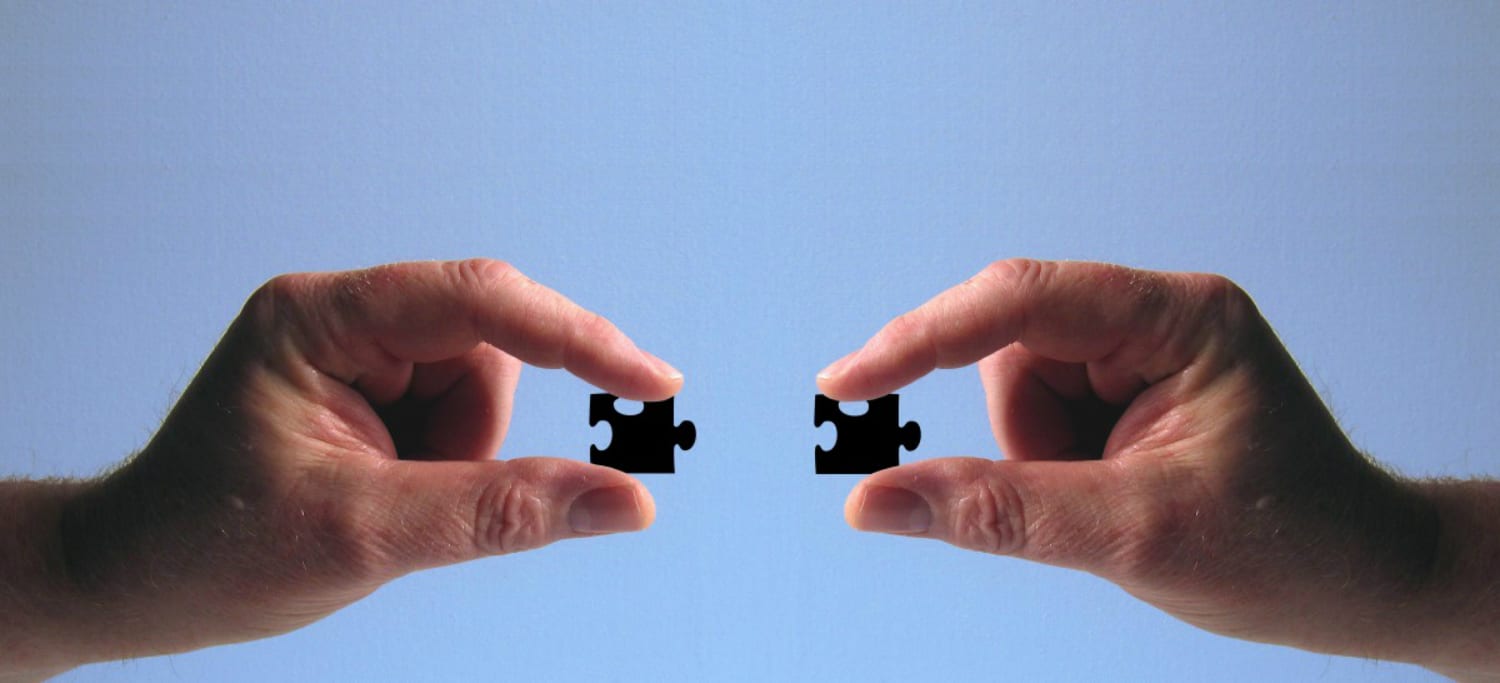
There are companies who have already built a base of customers that are perfect for you. Another effective way to build brand awareness is to leverage partnerships with those brands.
Complementary partnerships, in particular, work great. Simply put, they are collaborations with businesses that sell products that complement your products.
For example, tourism services complement airline services, because tourists who want to travel will need to board an aircraft (unless it’s a cruise or road trip, of course). Therefore, services having to do with airlines do well to work with tourism businesses. You help them and they help you. You use each other’s target audience to raise awareness of your brand.
In their experience on partnerships, Gallup Vice Chairman Gale Muller and NYTimes bestselling author Rodd Wagner says this about complementary partnerships:
“The best happens when you and someone who has strengths that complement yours join forces and focus on a single goal. Your strengths cancel out your partner’s weaknesses, and vice versa. You accomplish together what could not be done separately.”
A good complementary partnership example to emulate here is Pottery Barn’s partnership with Sherwin-Williams.
Pottery Barn sells home furniture while Sherwin-Williams sells paint. Customers buying home furniture are likely also interested in buying paint—a complementary partnership.
Consumers can choose to match Pottery Barn furniture colors with paint colors directly from the Sherwin-Williams site. Clever, huh?
The interesting thing about finding complementary partners is that they have almost no reason to reject your offer no matter how big they are—because you’ll be creating a win-win situation for both you and them; they’ll be selling and you will be, too.
3. Guest blogging

Gone are the days when you wrote guest posts on popular sites and waited around hoping your brand became popular. Today, you need to actively devise means that will drive significant exposure to your brand via your guest posts.
Here are a few tips to boost brand awareness via guest posting:
Run sponsored posts: they’re basically the guest posts you pay publications to write to reach new audiences. It’s easier to get published when you sponsor posts than when you write for free.
Only write for popular sites that will allow include a brand mention: for example, here’s a guest post that the CEO of Porch Matt Ehrlichman wrote for Entrepreneur—a publication with millions of monthly readers—where he mentioned his company and what it does right in the middle of the post:
If a site you intend to write for doesn’t allow you to include a mention of your brand, you may want to go look for another publication that will allow you to do so. Otherwise, you’ll be doing guest posts without impacting your brand awareness.
Only write for sites that allow you to have visible author bios: Not all sites will allow you to have author bios at the beginning or end of your post, with a link to your site; if you’re looking to increase your brand awareness via guest posts, then you need to write for sites that do.
While some people prefer reading, others are avid listeners, so let’s look at podcasting.
4. Partner with podcasters and/or start your own podcast.

67 million Americans listen to audio podcasts monthly. The popularity of podcasts continues to gain momentum (both audio and video).
Just like complementary partners, there are podcasters who have already built the audience you want to cater to; get in touch and partner with them, or start your own.
It’s important to note that podcasting isn’t a 100% full-proof medium to build brand awareness. People don’t listen to podcasts to hear a sales pitch, they do so to be entertained or learn new things that are important to them.
Nevertheless, you’ll want to tell them about your brand and product in those podcasts—which is okay if done correctly. If you provide value, you can insert your brand alongside content!
Just keep in mind, everyone is listening (or watching) to glean entertaining and educating information from you. You want to make interesting and educating content your priority; informing them about your brand and product should come in second place. Follow the tried and true 80/20 rule—roughly 80% of your podcast content should be non-brand related, helpful info and up to 20% can be brand related message.
A brilliant example of a business using podcasts that provide people with fascinating content while building brand awareness is Ebay.
Open any of these podcasts. Each one will teach you something that will help you run your business as well as inform you how Ebay can be a part of that.
Ebay starts each episode by introducing their brand, but then after the intro, relays a business strategy that they or someone else is using effectively so you can be successful too. You learn from someone else’s personal growth and their encounters with difficulties.
Ebay balances creating brand awareness with interesting and educating content. But it’s obvious that the latter is the priority—non-sales, educative information takes up about 85% of each episode.
But of course, not all your target audiences fancy listening much, so you want to add videos to the mix as well.
5. Add videos to your brand awareness strategy.
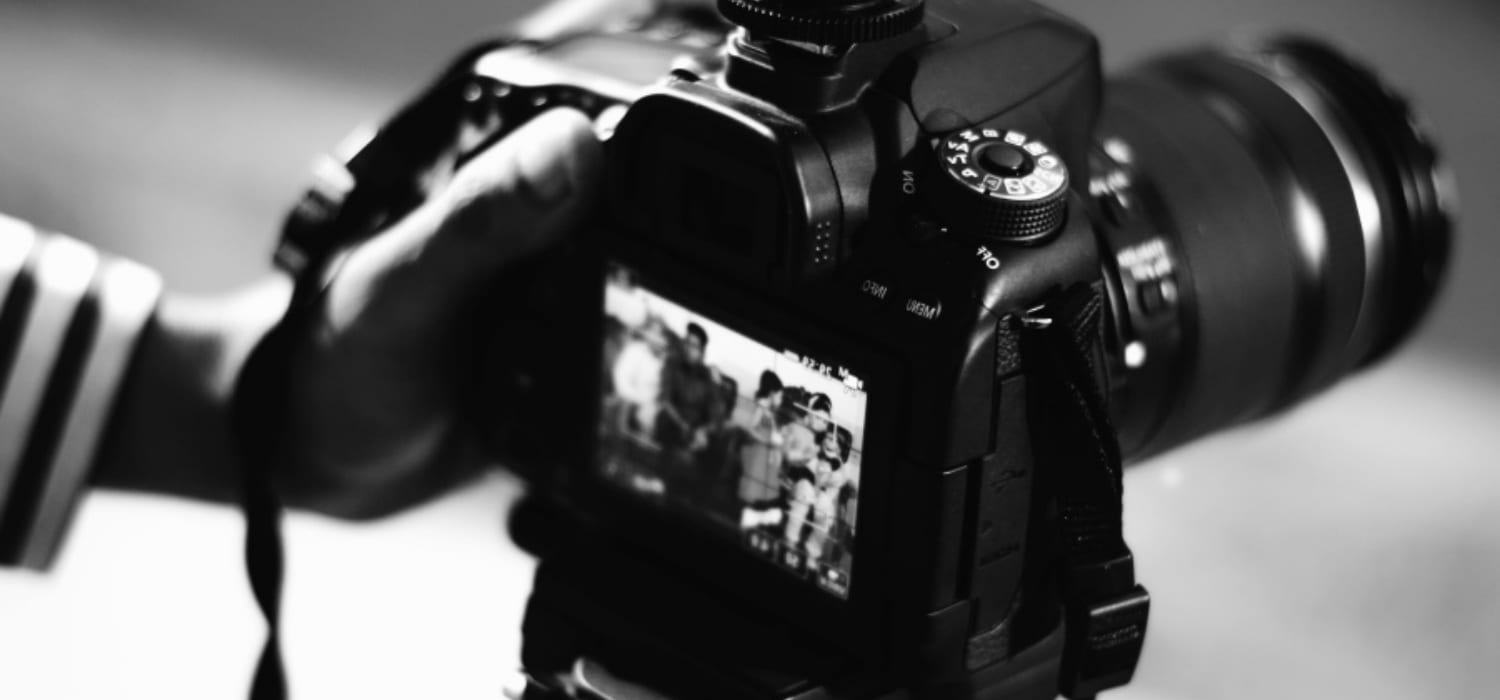
Video consumption is getting bigger by the day; one study from Cisco says marketing videos will represent a whopping 80% of all Internet traffic by 2019. So it makes sense consider videos as a via brand awareness tactic.
And here at Taboola, we help you reach more of your target audiences by placing your branded videos on their favorite publications. AM:PM, for example, got really impressing results using our video distribution service last summer—the completion rate for their branded videos was impressive.
The company runs always-open stores in over 40 locations in Israel, and they wanted to increase their brand awareness—through videos.
AM:PM decided to try native video advertising with Taboola as part of their promotion mix. Long story short, here’s what their agency’s CEO, Eran Lupo, had to say about their results:
“With Taboola, we were able to not only achieve the brand awareness and campaign performance AM:PM desired,” said Eran Lupo, CEO of AM:PM’s agency, 49ers IL – Network. “we also blew our campaign goals out of the water.”
Next, native advertising.
6. Native advertising.
Native advertising ads don’t look like typical ads. Instead, they take the form of the content on the sites they’re distributed by. By blending in with their surroundings, they get better results than typical online ads like display, and sometimes, social media.
Many of our customers have used built up brand awareness with native advertising campaigns—here’s how they did it.
38 Case Studies From Brands That Have Succeeded With Taboola
How brands use native advertising to build brand awareness.
We can help you distribute your branded content across popular publications on the open web—publications that your target customers likely already read.
Some examples are Kueez, Avocados from Mexico and TUI Group.
Kueez Scales up to 100 million quality page views per month.
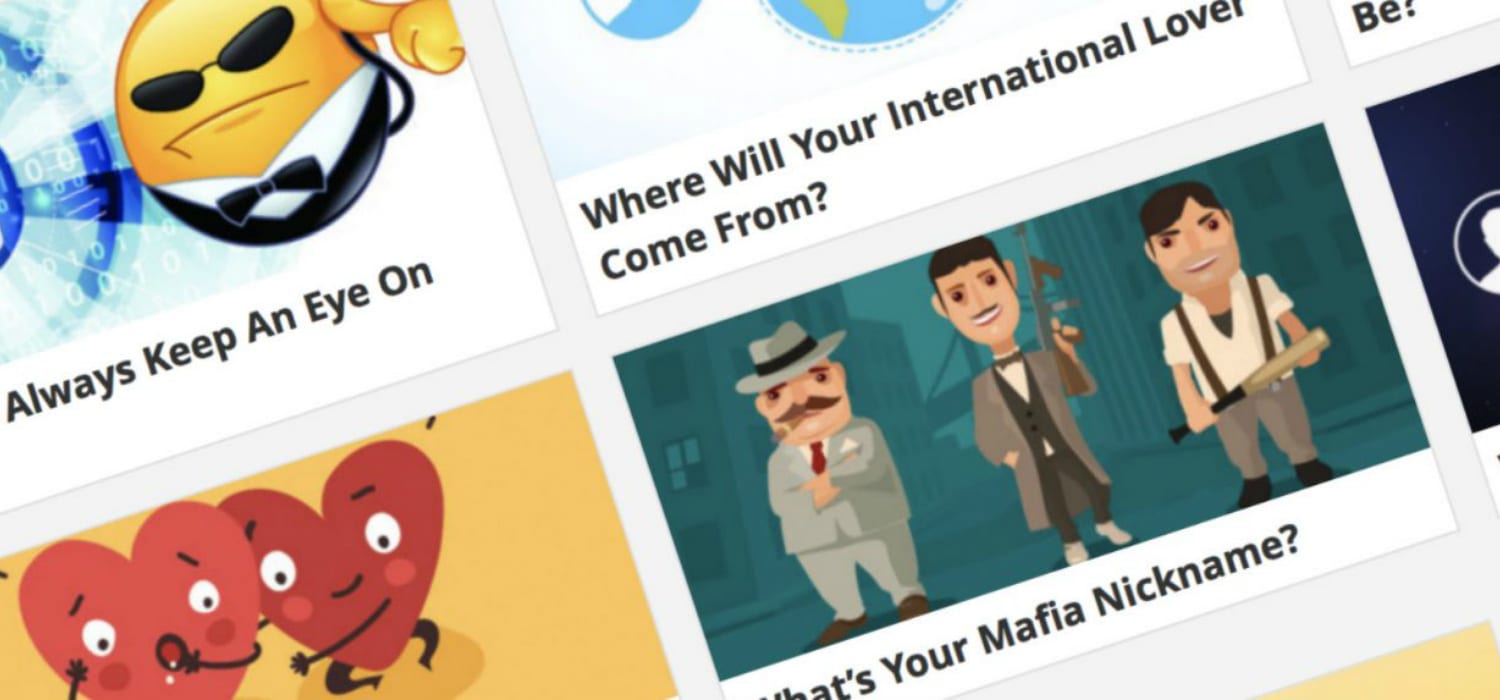
Kueez is an online gaming platform that already attracted millions of visitors per month, but were looking for a high quality international audience to expand their brand. Through native advertising with the Taboola platform, they were able to reach 5 to 10 million new users in a month:
“We’ve seen between 5 and 10 million new users a month with Taboola, and an amazing increase in engagement—an average of 10 pages visited per user, while with other channels we see an average of six,” says Ori Mendi, CEO of PRPL and co-founder of Kueez.
Using this native advertising strategy, Kueez has been able to build their brand awareness and acquire more users—similar to the Mexican Hass Avocado Importers Association (MHAIA) and the Mexican Avocado Producers and Packers (MAPP).
Building the Avocados from Mexico brand with a 14% increase in leads
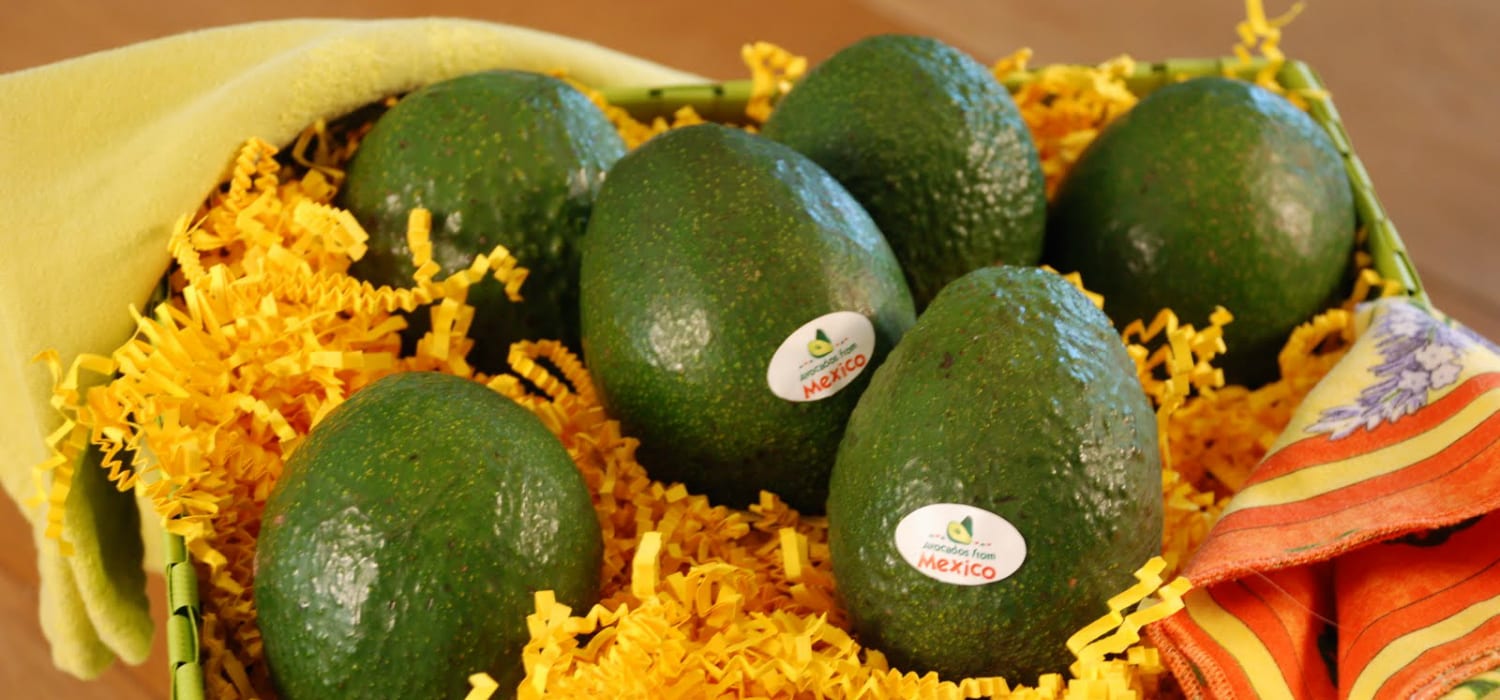
Most people don’t know there’s a difference between a typical avocado and a Mexican avocado. Well, like Macintosh and Braeburn apples, they’re two different types of avocados, and if Mexican avocado dealers are ever going to sell and build their brands effectively, they will have to spell out the differences for everyone.
Avocados from Mexico (AFM) started with Super Bowl ads, where they spent $5 million dollars on a 30-second video. It paid off quite well—it was obvious people started to see the difference between Mexican avocados and other types of avocados.
Besides the Super Bowl ads, these avocado farmers also partnered with Ro2Media, an agency that uses Taboola’s native advertising solution for several AFM marketing campaigns. This led to them creating more awareness for the AFM brand and even getting a 14% increase in lead generation.
TUI group also increased ROI using our native advertising platform.
TUI group drove visits and booking with native advertising
TUI runs the largest tourism business in the world today. They have pretty skeptical customers, and that’s only normal as aspiring tourists have to carefully consider their tourism options before moving an inch from their residents.
In a bid to help their customers’ decision process and increase bookings, TUI group launched Passenger 6A (P6A)—a publication where their target customers can get all the tourism inspiration and information they need.
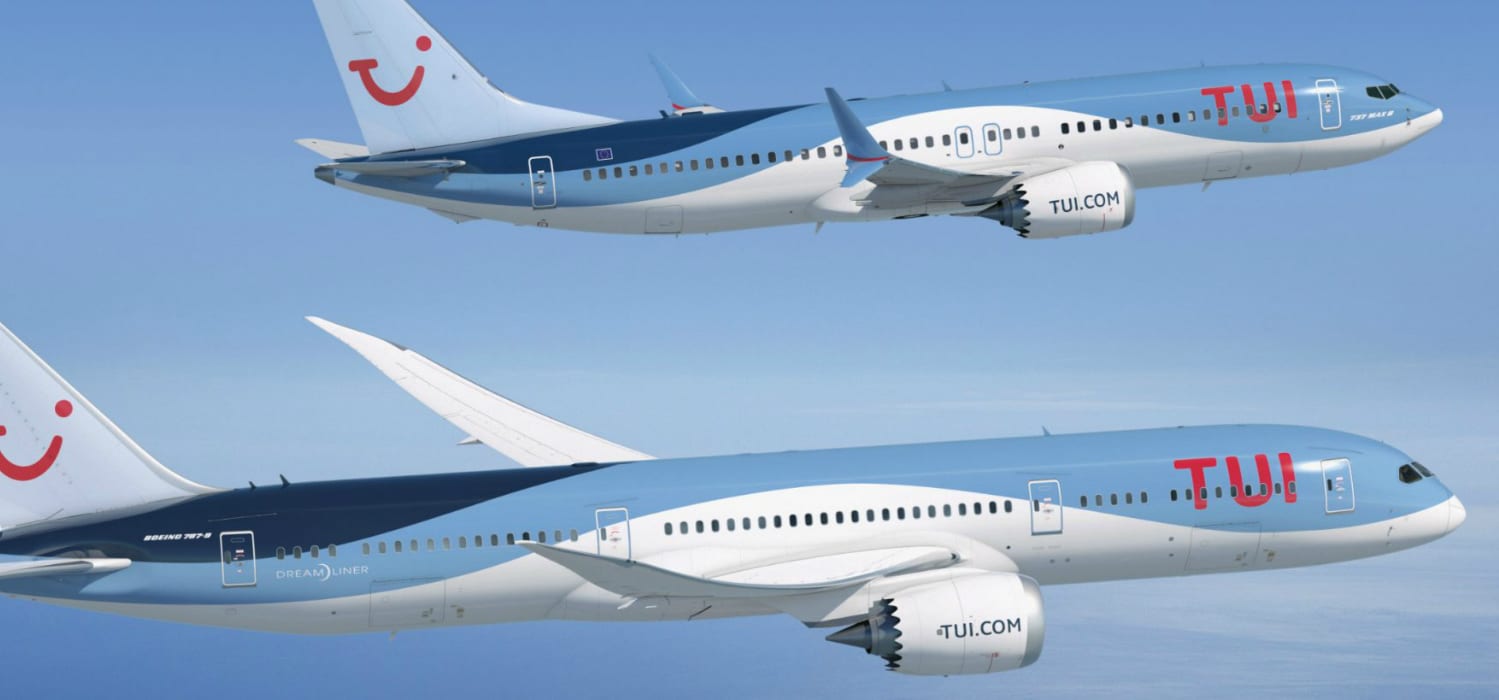
The goal of P6A is simple: drive awareness and bookings for TUI.
To increase their success with this editorial brand in a recent Visit Britain campaign, TUI group turned to a native advertising platform to increase their success. Unfortunately, they didn’t get the competitive pricing they desired there.
Then they tried Taboola as a second option were blown away with the results. They got 249,820 visits to articles on P6A and TUI India (their site targeted at Indian audiences). Approximately 4,329 of those users decided to visit pages that included TUI packages. This resulted in 96 bookings through TUI India and 600 overnights,
We hope you take away from ideas from these powerful brand awareness campaigns . Strategies like hashtags, strategic complementary partnerships, targeted guest blogging, informative podcasting, and native advertising are your friends.
Employ these brand awareness campaign ideas—you’ll see an uptick in the attention you’re getting.